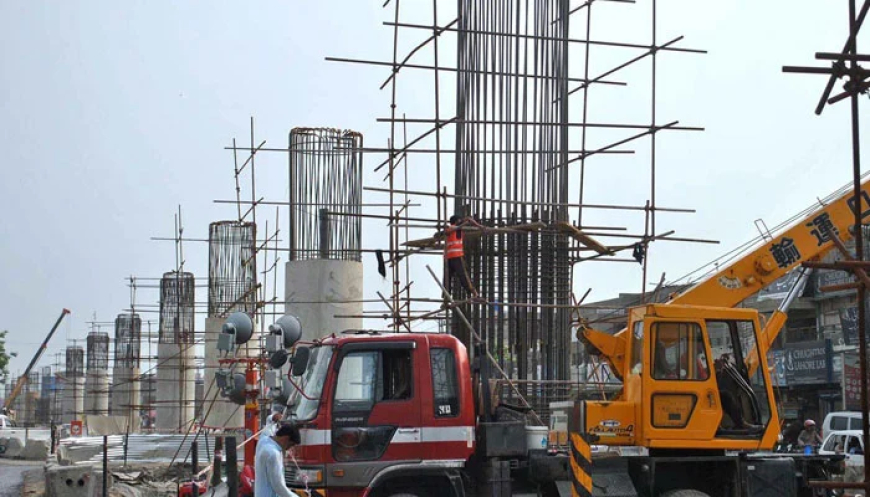Govt Scraps 24% Projects Amid Budget Crunch
In a surprising move aimed at realigning national priorities and addressing the ongoing economic crisis, the government of Pakistan has decided to scrap nearly 24% of development projects from its upcoming fiscal budget.

In a surprising move aimed at realigning national priorities and addressing the ongoing economic crisis, the government of Pakistan has decided to scrap nearly 24% of development projects from its upcoming fiscal budget. The decision has stirred reactions across political, economic, and public sectors, raising questions about long-term development, financial sustainability, and governance.
-
Nearly one-quarter of development projects dropped in a major financial restructuring effort.
-
The government aims to curb unnecessary expenditure amid rising fiscal deficits.
-
Affected projects span multiple sectors, including infrastructure, education, and energy.
-
Officials cite economic challenges, including inflation and debt repayment pressures.
-
Analysts call for more transparent and impact-based project selection.
The Planning Commission revealed that out of over 1,000 proposed development projects, more than 240 are being removed from the Public Sector Development Programme (PSDP). This cut represents hundreds of billions of rupees in halted or redirected funds.
-
The move is part of the government's attempt to reduce the national budget deficit, which has been exacerbated by global inflation, shrinking foreign reserves, and IMF loan conditions.
-
According to finance officials, the country’s fiscal space has shrunk by over 15% compared to last year, making these cuts inevitable.
In a recent press conference, a senior Planning Ministry official stated:
“This is not about abandoning development. It’s about making sure that every rupee is spent wisely. We are only retaining projects that align with national priorities, economic growth, and social impact.
The government's decision is largely rooted in Pakistan’s economic realities:
-
IMF Agreements: Under recent IMF agreements, Pakistan committed to reducing its fiscal deficit. This means trimming non-essential development projects.
-
Inflation & Currency Depreciation: The rising cost of imported materials has made many projects financially unviable.
-
Debt Repayments: A large portion of the budget must now go toward repaying loans and interest, limiting development spending.

“This is a classic case of short-term pain for long-term gain. Pakistan’s development model needs serious reform, and this could be the first step.”
“While rationalization is needed, we also need to ensure that essential social sector projects are protected. Cuts in education and health can have lasting consequences.”
Despite the 24% reduction, the government has retained high-priority projects, particularly those that:
-
They are co-financed by international agencies (e.g., World Bank, ADB).
-
Have a direct social impact, such as poverty reduction or access to clean water.
-
Help with energy generation and conservation, aligning with national sustainability goals.
Citizens and civil society groups have expressed mixed reactions:
-
Concerns about job losses: Many development projects employ thousands across rural areas.
-
Worry over unfinished infrastructure: Halting mid-way can lead to wastage of already invested funds.
-
Lack of transparency: Critics argue the government has not released a full list of the scrapped projects.
With general elections looming, the move is likely to be politically sensitive:
-
Opposition parties have already criticized the move, calling it a sign of "economic mismanagement".
-
Government allies defend it as "fiscal responsibility" and a bold step toward economic reform.
Pakistan’s decision mirrors a global trend of prioritization in the face of financial challenges. From Sri Lanka to Argentina, many developing countries are now choosing to scale down state-led development to maintain macroeconomic stability.
While painful, the government’s decision to scrap 24% of development projects could be a strategic move to stabilize the economy, fulfill global financial commitments, and pave the way for more focused, transparent, and high-impact development in the future.
However, much depends on how effectively the retained funds are used and whether the government can regain public trust by improving transparency and delivering tangible results.

 Ateeq Ur Rehman
Ateeq Ur Rehman